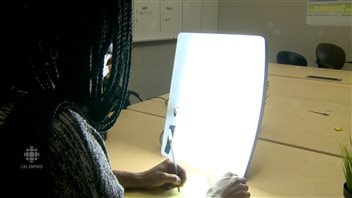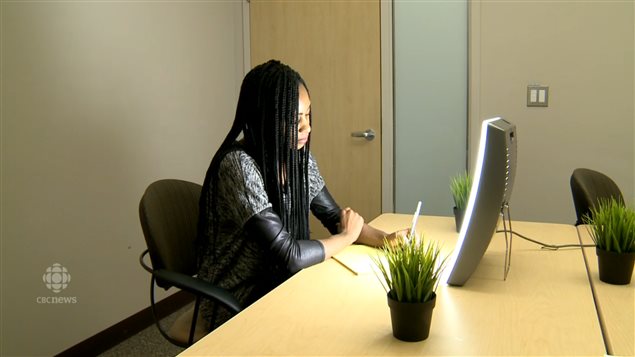Seasonal affective disorder or SAD is a major depressive episode suffered by Canadians and other people who live in northern latitudes. It most often occurs in winter, when the days become shorter and there is less light.
“When light levels drop…we know that serotonin levels drop and that is consistent with a depressive picture,” says Dr. Irvin Wolkoff, a psychiatrist based in Toronto. “It messes up our biological clock and our daily rhythms.”
ListenThe pineal is a structure deep in the brain which responds to low levels of light by making a hormone called melatonin.

Hibernation good for bears, ‘not so pleasant’ for humans
“It’s possible that this is what’s left of an ancient system of hibernation in ancestors of human beings,”says Wolkoff. “So that when light levels drop your pineal makes melatonin and you turn into a hibernating animal. You get sluggish, you get grumpy, and you eat and you gain weight—perfect for you if you are a bear, not so pleasant if you are a human being.”
Science shows special light helps
There is effective treatment for SAD. Special lights mimic daylight without the harmful ultraviolent rays. Scientific studies have shown that patients are exposed to such lights for a half hour at the beginning of their day and that eases depressive symptoms. The treatment does not work if administered later in the day, or for those patients with depression that is not classified as seasonal affective disorder.
More research on who gets SAD and why
People with a family history of depression or alcoholism are more likely to suffer from SAD. More women than men get it, although the men who do seem to be more severely affected.
Research is ongoing to try to find out more about SAD and its relationship to lower levels of light.








For reasons beyond our control, and for an undetermined period of time, our comment section is now closed. However, our social networks remain open to your contributions.